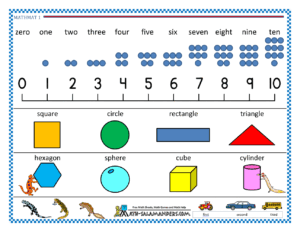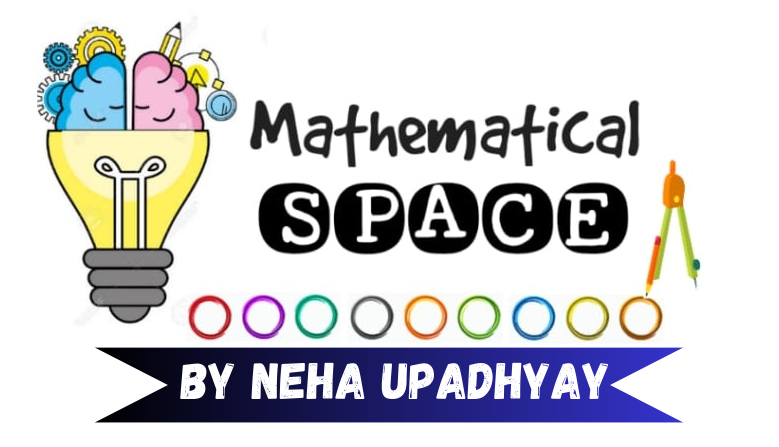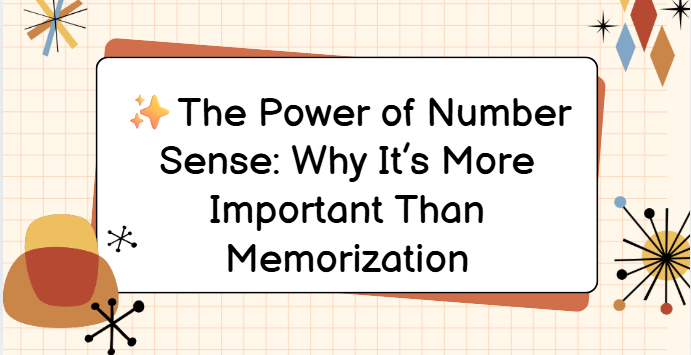
10 Essential Kindergarten Math Skills to Build a Strong Foundation
Essential Kindergarten Math Skills: Building a Strong Foundation for Future Learning
Kindergarten is such a special time. It’s when kids first dip their toes into the world of numbers, patterns, and logical thinking. And even though the math they’re learning might seem simple on the surface, it’s laying down the groundwork for everything that comes next. From counting their crayons to figuring out how to share snacks, these early skills matter. So let’s take a down-to-earth look at the math skills kids pick up in kindergarten—why they’re important, and how they come to life in everyday moments.

- Recognizing Numbers One of the first math skills kids learn is recognizing numbers. It starts with being able to point to a number and say its name. By the end of kindergarten, most kids can spot numbers up to 20, sometimes even more. It’s not just about rote memory—it’s about really knowing what each number means.
Think of it like this: when a child sees the number 4, we want them to instantly connect it with four things—like four blocks, four apples, or four fingers. Activities like number songs, flashcards, and counting games are all great ways to build this skill naturally.
- Counting Forward and Backward Counting forward is what most people think of when they think about learning numbers—1, 2, 3, and so on. But counting backward is just as useful. It helps children understand that numbers can go in both directions, and it lays the foundation for subtraction.
In real life, kids might count steps as they climb or count down the seconds before they shout, “Go!” These fun, everyday moments help counting become second nature.
- One-to-One Correspondence This might sound fancy, but it’s actually super simple. One-to-one correspondence just means matching one number to one object. If a child is counting five toy cars, they touch or point to each one as they say the numbers out loud.
It’s a key part of understanding quantity. Without it, kids might just rattle off numbers without actually knowing what they mean. Sorting buttons, putting stickers on worksheets, or handing out snacks—these are perfect times to practice.
- Simple Addition and Subtraction In kindergarten, addition and subtraction aren’t about writing down math problems. They’re about understanding the basic ideas of putting things together and taking things away.
Let’s say you have two cookies and someone gives you one more—how many do you have now? Or if you start with five toy animals and give two to a friend, how many are left? These types of problems help kids grasp what it really means to add or subtract.
- Shapes and Spatial Awareness Kids love spotting shapes—and it’s a key part of early math. They learn the names of shapes like circles, squares, triangles, and rectangles, and they begin to notice those shapes in the world around them.
They also start to play with 3D shapes, like cubes and cylinders. Building with blocks or drawing simple shapes helps kids understand how things fit together and relate to each other in space.

- Patterns and Predicting Recognizing and creating patterns is another important math skill. Patterns are everywhere—on clothing, in songs, even in nature. When kids start to spot them, they also start to predict what comes next. That’s the beginning of logical thinking.
You might see a child line up toys by color or shape, or clap their hands in a rhythm. These activities help them notice repetition and structure, which are important not just in math, but in life.
- Playing with Measurement Kids don’t need to know exact measurements in kindergarten, but they do start to understand basic ideas like longer, shorter, heavier, and lighter.
They might compare their height to a classmate’s or use their hands to measure how long a table is. Whether they’re filling cups with water or stacking blocks, they’re beginning to explore the idea of size and comparison.
- Understanding Time Time is a tricky concept for young kids, but kindergarten is when they start to get a feel for it. They learn about parts of the day—morning, afternoon, and evening—and begin to notice routines and sequences.
They might not tell time on a clock yet, but they can understand what comes before or after something. “After lunch, we go outside,” or “Before storytime, we clean up.” These everyday moments help build a sense of order and time.
- Learning About Money Kindergarten is also a good time to introduce basic money ideas. Kids learn what coins look like—pennies, nickels, dimes, and quarters—and they start to understand that money has value.
Using play money or real coins in pretend stores or snack stands helps them practice recognizing and counting money. It’s a fun, hands-on way to reinforce number skills too.
- Thinking Through Problems Finally, kindergarten math is all about encouraging kids to think. Problem-solving at this age isn’t about getting the “right” answer. It’s about trying different ideas, noticing what works, and figuring things out.
For example, if you have six blocks and want to build a tall tower, how many should go on the bottom? Or if you have three cookies and four friends, what should you do? These moments help children develop confidence and flexibility in their thinking.
Wrapping It Up Kindergarten math skills are about so much more than worksheets and flashcards. They’re about learning to think, explore, and understand the world through numbers and patterns. When kids get to use their hands, move their bodies, and connect math to real-life situations, they build a foundation that will support them for years to come.
The best part? Most of this learning happens through play, conversations, and curiosity. That’s what makes it stick—and that’s what makes it human.

Our website
Our instagram


